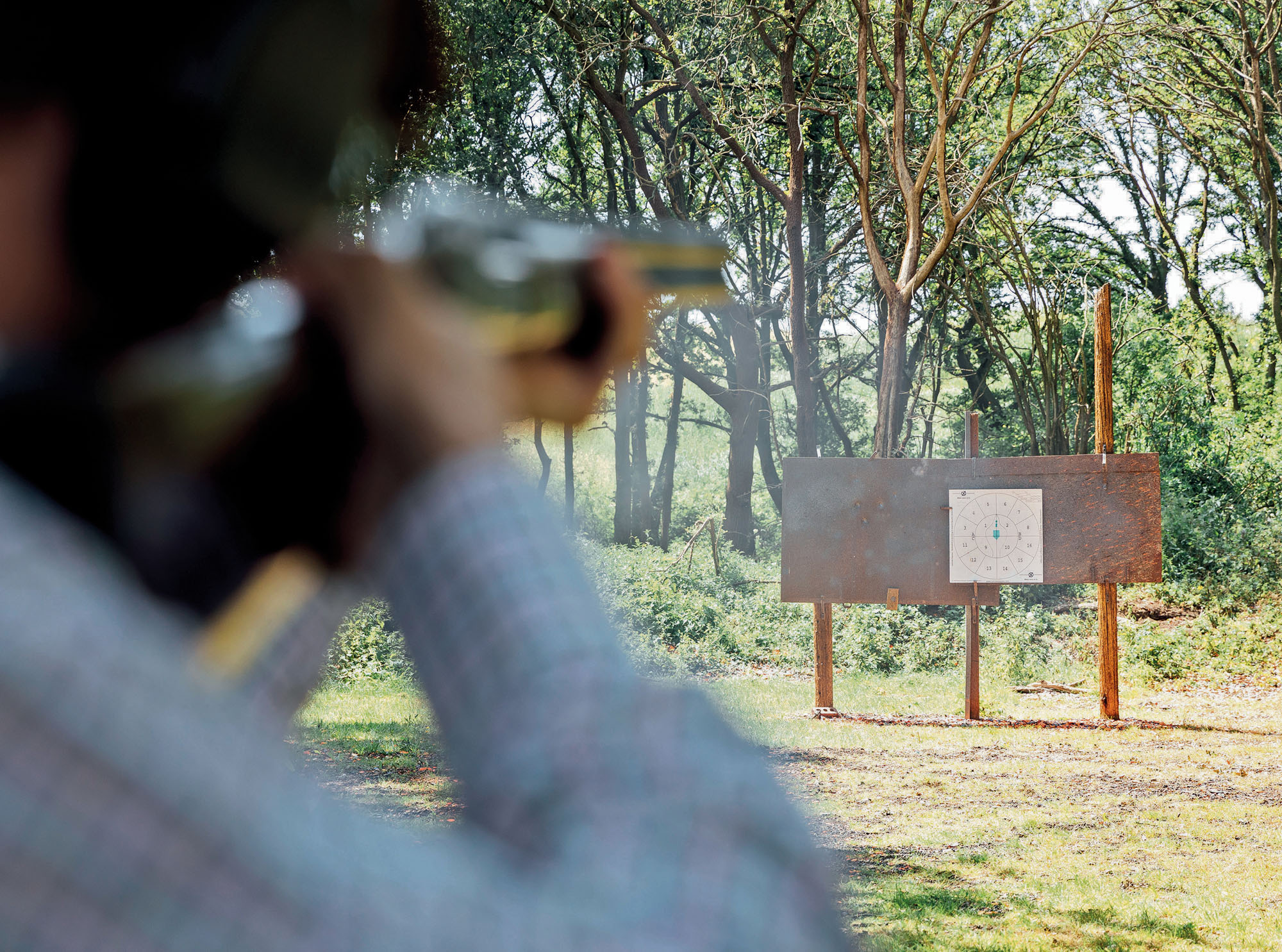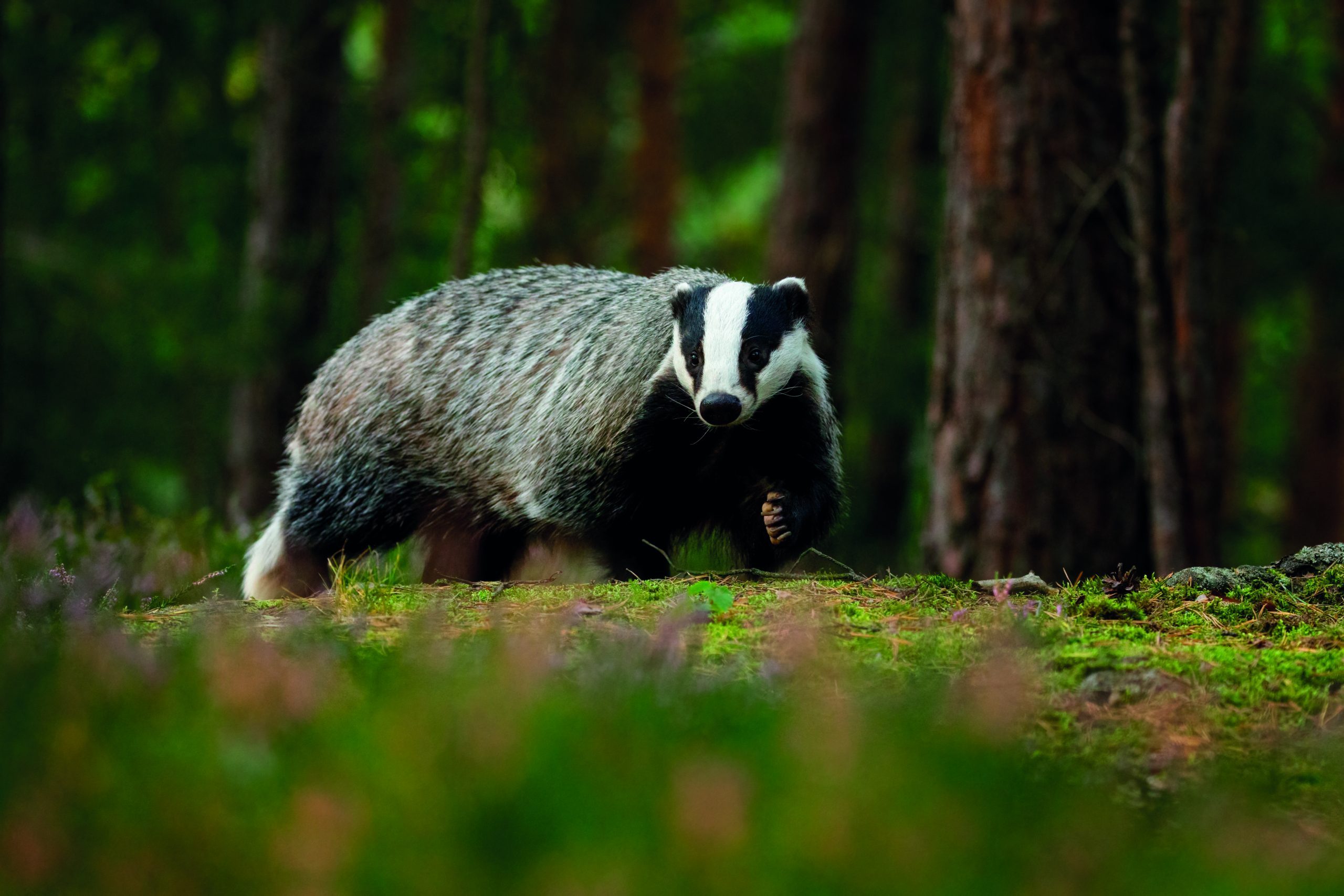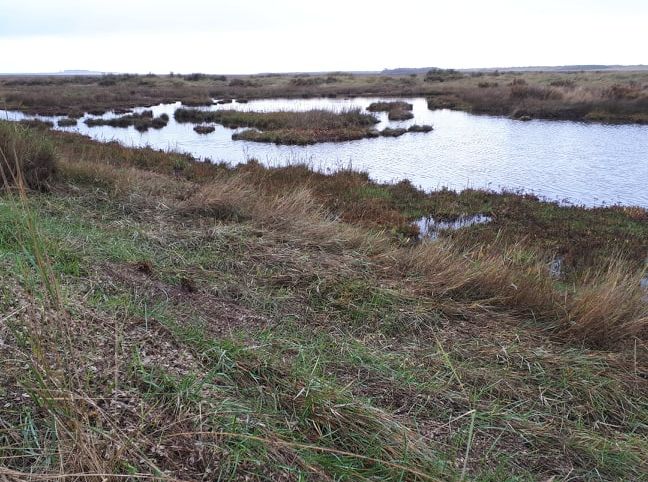Do wildfowling clubs really aid conservation?
Wildfowlers are used to making the most of the conditions, and when it comes to conservation, Kent Wildfowling and Conservation Association has the same approach.
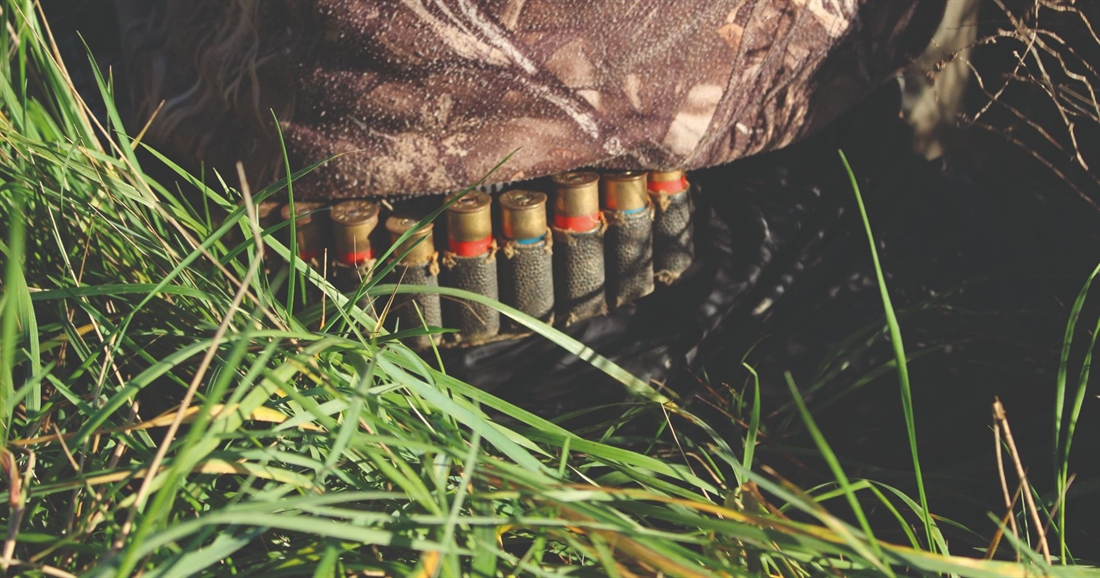
It was in 1983 that the Kent Wildfowlers’ Association changed its name to the Kent Wildfowling and Conservation Association. About that time, a few wildfowling clubs made that change to insert ‘conservation’ into their name. But what’s in a name?
Gradually from that time on, clubs increasingly turned from rearing and released, and predator control, as the main wildfowl control mechanisms. This was not because such work is not important – for some clubs this still prevails to this day – but as recognition that habitat protection and enhancement was likely to yield a larger conservation dividend.
The big change which began from about 1983 was clubs purchasing land or long leases for both shooting and conservation. This gathered momentum through the nineties, and on into the 21st century, with land being purchased by clubs including Frodsham, Lytham, Gloucester, Ely, Cambridge, Little Oakley, Colchester, Blackwater, Chichester and Kent.
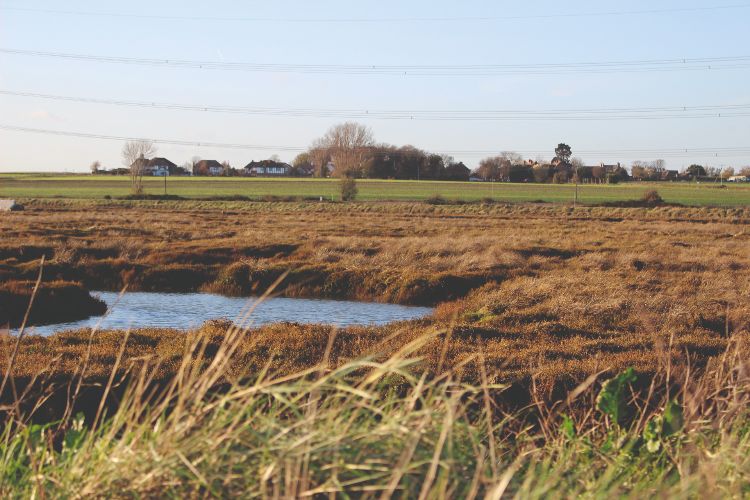
Owning land – either through freehold or very long leasehold – carries clear advantages. Security of tenure will not only protect shooting rights but also allow conservation–minded clubs to carry out meaningful physical conservation work.
Ditch systems can be cleaned and restored; marshes can be kept grazed in a manner which is beneficial to wildfowl and waders; inland flashes can be created and maintained; reedbeds can be managed by keeping invasive scrub in check. All these activities and more are now being carried out by wildfowlers across our marshes for the betterment of birds, and indeed all other marsh dwellers.
The range of stewardship schemes brought in via Natural England and the Rural Payments Agency over the last 10-15 years have made a real difference. Even so, schemes come and go and we are now entering a new phase of schemes, which go beyond paying landowners for simply owning land.
Going back almost a decade, the old Single Farm Payment scheme was replaced by the current Basic Payment Scheme in 2015, which is paid per hectare and has been a lifeline for hard-pressed landowners. This scheme is now being phased out, with the amount given per hectare dropping each year until there is no value left. For landowners such as the KWCA, this could become a problem for the balance sheet, as the payments (which commanded anything up to £200 per hectare) will be worth nothing by 2028.
The replacement Environment Land Management Schemes (ELMS) is outcome-focused, which means that landowners will have to do meaningful conservation work for any payment to be received. Much of that ethos already exists in the multi-layered Environmental Stewardship Schemes. Breeding wader options required the most management in order to achieve the criteria required and attracted the highest payment levels. A lucrative arrangement for the conservation-minded land manager, with wildfowling clubs high on that list.
The management of marshes in this way is of course hugely beneficial, not just for target species like lapwing and redshank, but for a host of other species too. All bird species, insects, reptiles, invertebrates, and amphibians benefit from a well-managed marsh.
Those with fresh/brackish marshes on their land could now be eligible for various schemes due to their rough grazing, wintering wildfowl and breeding wader options. Water level management is essential for a healthy marsh. This does not merely mean surface water in the winter, but also some in the spring when waders, in particular, are searching for nesting sites.
Ditch communities are diverse and varied, and benefit from management which includes rotational cleaning – leaving plant growth on one side of a ditch in order to avoid sterilising that habitat until growth can recover. If this land management doesn’t take place, marshes will become devoid of species diversity. Ditches will eventually be completely choked with invasive sea club rush or common reed, fields will become full of rank grass, and surface water will largely disappear.
Availablity of funding is a challenge rather than a barrier, with one solution being for clubs to work jointly to bring forward conservation schemes. By way of examples, Kent, Chichester, Cambridge, Ely and Leigh-on-Sea are all clubs currently working on joint projects.
Although it may have seemed like heresy a few years ago, working with other bodies is another solution to nature-based problems – especially with Natural England overseeing most of the land-based environmental schemes. Providing there is no reduction in shooting rights, working in partnership can go some way towards finding financial solutions. There have, however, been a number of instances where the introduction of both Higher Level Stewardship and ELMS has led to a reduction in shooting. Wildfowlers beware, and stand ready to fight your corner, as there is no evidence that responsible shooting is a detriment to conservation management schemes.
Very recently, the KWCA entered into a Kent and Essex-wide conservation scheme led by the RSPB. The Green Recovery Challenge Fund is now being used to make significant improvements to two of the club’s marshes, including crucial water level management now aided by the installation of
solar pumps.
Reedbed management is another crucial conservation tool, without which reed beds will eventually become scrubbed up, leading to incoming willow and drying out. The lesson to be learned there is that nature can no longer be left to its own devices in a world where man has had such an impact.
Ownership of saltmarshes, with two clubs at Little Oakley and Kent in particular owning land on an estuary scale, is more about securing tenure and ensuring the areas are left in peace. On the ground, management is much more difficult in the estuary environment.
Wildfowlers benefit species across the full spectrum of habitats and have done so for decades. The birth of the conservation movement in this country owes much to wildfowlers, and we can continue to play a major part in the future.
You can find out more about the varied conservation work carried out by the KWCA and its members by going online to: www.kentwildfowlers.co.uk

